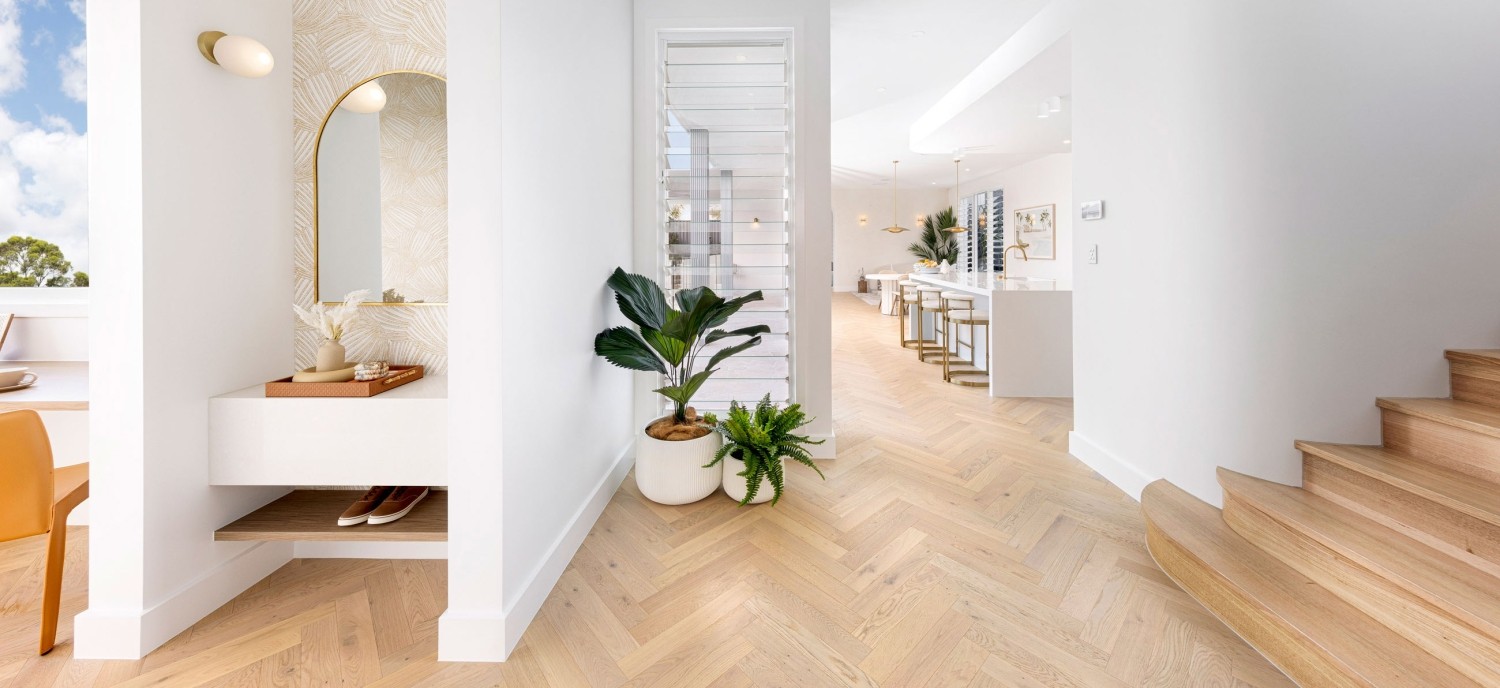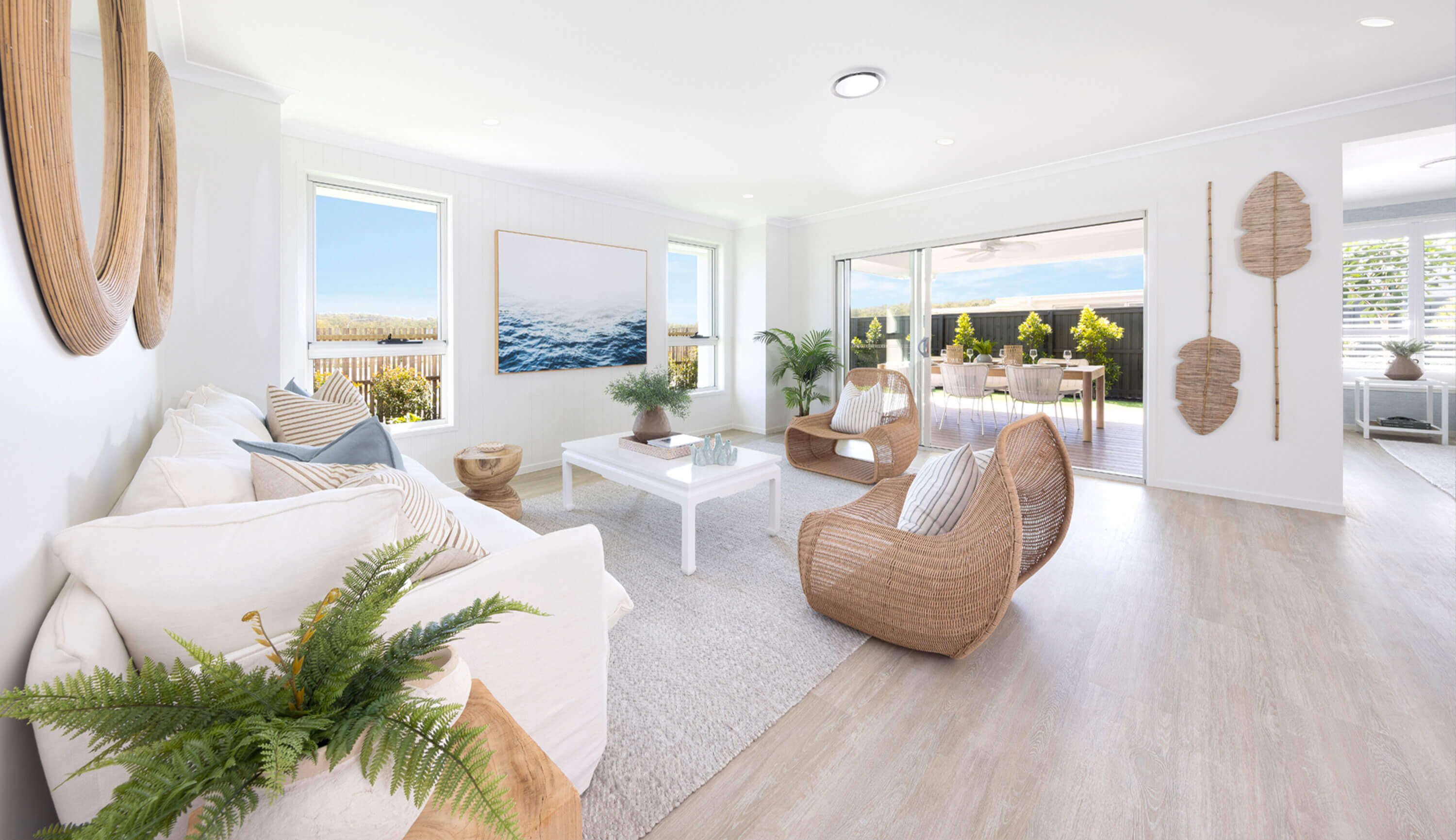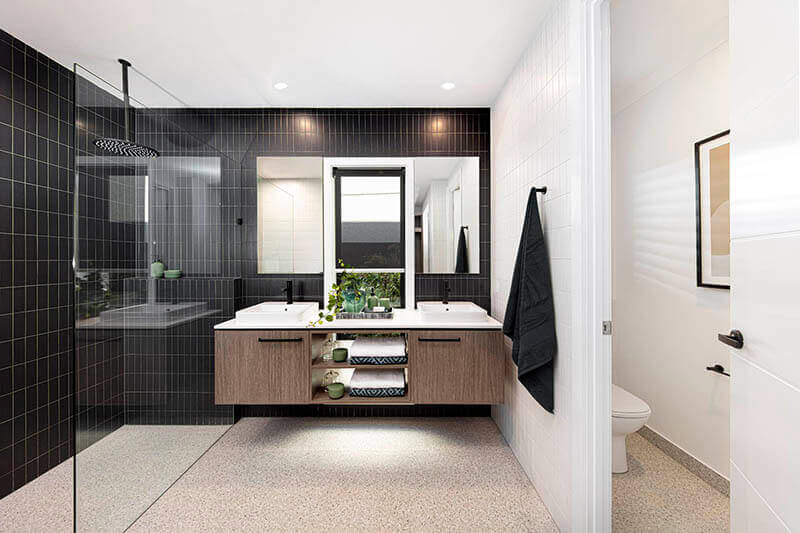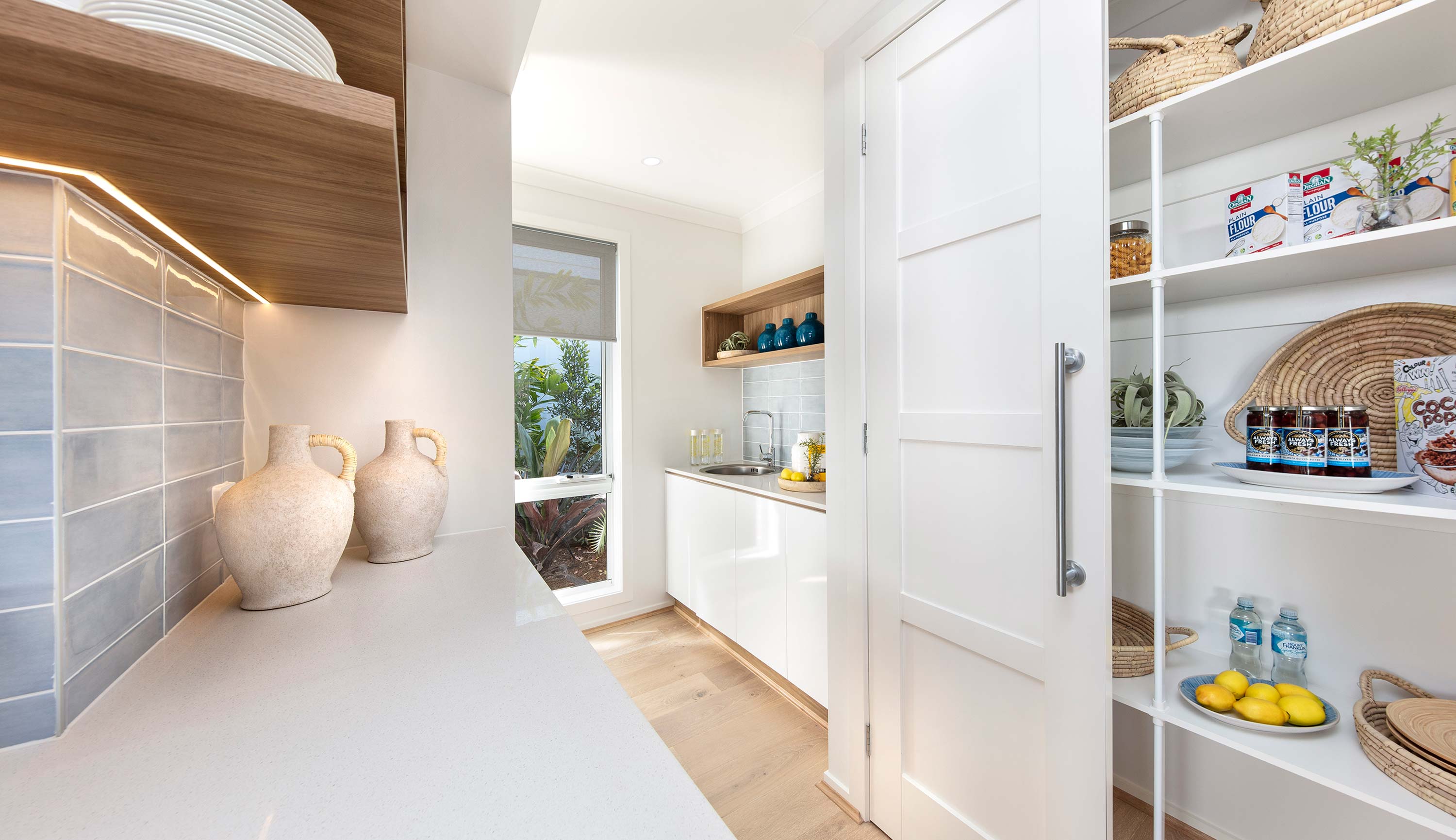How Much Should I Insure My House For?

If you’re building a new home or buying an existing property to potentially renovate in future, home insurance is something you will need to invest in – before you even move in. But knowing exactly much you should insure your home for can be a daunting question to answer.
Setting the right amount can help you avoid the financial strain of dealing with replacement costs, or the cost of repairing or rebuilding your home entirely. Conversely, overinsuring is a common pitfall where you end up paying unnecessarily high premiums. Here’s what you need to know about getting the right amount of home and contents insurance.
What Is a Sum Insured?
The “sum insured” is the maximum amount your insurer will pay if your home needs to be rebuilt or repaired due to an insured event. Bear in mind that this sum insured amount covers the cost of rebuilding your home at current prices, including construction materials, labour and other related expenses. The building sum insured should reflect the rebuilding cost rather than the market value, as they are not the same.
Do I Have to Get Home Insurance?
Insurance on a house isn’t legally required in Australia, but – and this is a big but – most lenders will require it to protect their investment in the property. Without home insurance, you risk being unable to afford rebuilding or repairing your home after any number of insured events. Your personal belongings could also be at risk without home and contents insurance.
Bottom line: getting home insurance is a very wise choice even if you don’t have a mortgage. It’s the safety net you’ll need in the event of an unforeseen event that damages your property.
What Does Home Insurance Cover?

Building Insurance
Building insurance covers the physical structure of your home, including the roof, walls, floors and permanent fixtures like cabinetry and plumbing. In the event that you need to rebuild or repair your home after something like a fire, storm damage or vandalism, this insurance policy will cover the costs.
Contents Insurance
Contents insurance protects the personal items inside your home, including furniture, appliances, electronics, clothing and more. If insured events like theft, fire or other covered incidents happen, contents insurance covers you to replace or repair these items.
Building and Contents Insurance
Many insurers offer combined insurance policies inclusive of both building and contents, which will cover both the structure of your home and its contents. It’s a more streamlined way to get comprehensive cover for both rebuilding your home and replacing damaged or stolen belongings.

Factors Affecting Home Insurance Costs
There are a number of different factors that can influence the cost of insurance on a house, including but not limited to:
- Your property’s location: Homes in areas prone to natural disasters – like low-lying or coastal spots that can flood, or rural areas that experience bushfires – will have higher premiums.
- Construction materials: Certain materials like timber are more susceptible to damage and fire compared to other types of cladding, which could raise your premiums.
- Home age and condition: Older homes tend to have higher insurance costs due to maintenance risks.
- Safety features: Homes with modern security systems and fire sprinklers could be eligible for discounts on premiums, depending on the provider.
The Risks of Underinsurance and Overinsurance
Underinsuring your home means setting a sum insured that is lower than the actual cost to rebuild your home (i.e. replacement value). In other words, you’ll be insufficiently covered if your home is destroyed and you need to make a claim. Conversely, overinsuring your home will mean you pay higher premiums without any added benefits. You’ll want to strike the right balance to get adequate cover without paying excessive premiums.

How Do I Ensure My Home Qualifies For Insurance?
Your home must be well-maintained and compliant with building codes and safety standards. An insurance provider could deny you coverage if your home has structural issues or if you’re located in a very high-risk area. Regular inspections, taking care of necessary repairs and installing safety features can all help make sure your home meets basic insurance criteria.
Why Do Rebuilding Costs Vary?
Rebuilding costs will fluctuate based on things like the cost of materials (which skyrocketed during the COVID-19 pandemic), labour, as well as changes to building codes or regulations. These expenses can also vary depending on the type of home you have, its design and location. All up, these variances can impact your insurance policy by increasing your premiums or influencing how claims are paid out.
How to Calculate the Amount of Coverage You Need
Below are a few helpful steps and considerations so that you can confidently estimate the right amount of home insurance coverage you need.
Calculate Home Building and Content Costs Accurately
Use online calculators (e.g. those provided by insurance companies) to estimate your potential rebuilding costs. Enter your information and the tool will use information like property size, construction materials, location and more to give you a specific figure. For your contents, create a detailed inventory of all your belongings and estimate their replacement value. It’s a good idea to review this inventory annually and tweak the amount of cover as needed.
Consider Safety Net Home Protection
Safety net home protection is an add-on to your policy that increases your sum insured by a certain percentage (usually around 25%). Think of it as a ‘buffer’ if your rebuilding costs exceed your initial estimate. If your property is in a high-risk area or if you just want some peace of mind, such an investment could be worth considering.
Regularly Review and Update your Policy
Building costs, personal belongings and lifestyle changes can all have an effect on your home insurance needs. That’s why regularly reviewing your policy is a good habit to get into – making sure it always reflects your current home and contents correctly.
If, for example, you renovate or buy expensive new items, then you’ll need to increase your sum insured to cover the extra value. On the other hand, if you downsize or declutter your property, you might need to adjust your cover accordingly.

When to Update Your Home Insurance Policy
You’ll want to update your home insurance policy under the following circumstances:
- After renovations: Major changes like adding a new room or upgrading your kitchen will probably increase your home’s value.
- Buying valuable items: If you buy expensive electronics, jewellery or artwork that are always in the home, add these items to your insurance policy so the contents sum insured is up to date.
- Market changes: If rebuilding costs in your area have risen, adjust your sum insured to match.
Common Mistakes Homeowners Make When Insuring Their Home
While it’s unlikely you may not be able to avoid every insurance pitfalls that could eventuate, by being aware of these common mistakes you’ll hopefully be in a better position to get it right. Make sure you don’t:
- Underestimate rebuilding costs by insuring your home based on purchase price rather than rebuilding cost.
- Neglect contents inventory by failing to document all your belongings.
- Ignore policy exclusions, as there could be coverage limitations for certain types of water damage or natural disasters.
- Overlook add-ons – certain policies will have optional cover like flood insurance.

How to Save on Home Insurance Without Reducing Coverage
Here are a few handy tips to help you save on home insurance – without compromising your level of cover:
- Shop around: Compare quotes from different insurers to find the best rate for the cover you need.
- Increase your excess: Raising your deductible can lower your premiums but will mean you have to cover more out-of-pocket expenses in the event of a claim.
- Bundle policies: Most insurers will make combining home and contents cheaper than having separate insurance policies. They could even let you bundle car and home insurance policies.
- Install safety features: Add alarms, deadbolts and other security measures to try and get a discount on your premiums.
Now that you know how to calculate rebuilding costs and review your policy, you can take the right steps to ensure your home is well-protected in the event of the unexpected.
Ready to get started on building your dream home? Contact Brighton Homes today or visit one of our many Brighton Display Homes around South East Queensland.
